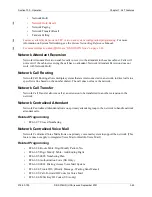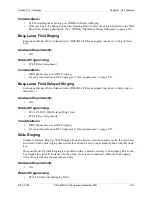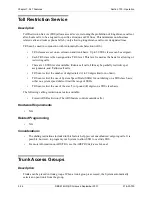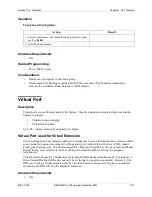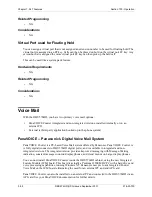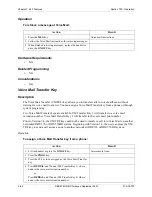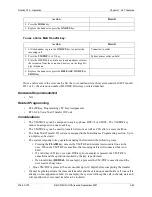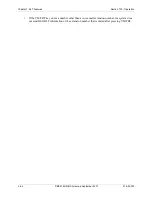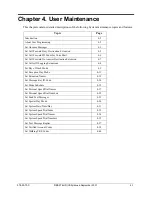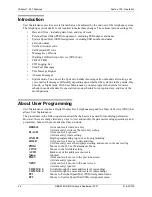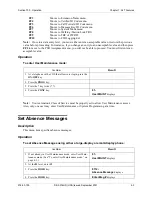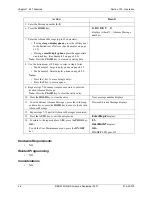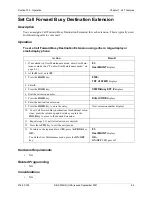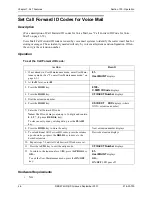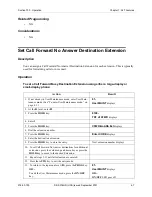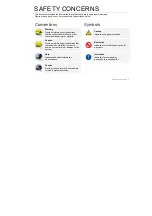
3-56
DBS 576HD (USA) issued September 2001
576-50-700
Chapter 7. SLT Features
Section 700 - Operation
Toll Restriction Service
Description
Toll Restriction Service (TRS) allows access levels, including the prohibition of long distance calls or
after-hours calls, to be assigned to specific extensions or CO lines. This minimizes non-business
related calls and reduces phone bills by only allowing long distance calls over designated lines.
TRS can be used in conjunction with Automatic Route Selection (ARS).
•
TRS classes are set on an extension and trunk basis. Up to 50 TRS classes can be assigned.
•
Each TRS class is then assigned to a TRS level. This level is used as the basis for allowing or
restricting calls.
•
There are 10 TRS levels available:
0
denies all calls,
1-8
may be partially restrictive per
assignments, and
9
allows all calls.
•
TRS can restrict the number of digits dialed (1 to 20 digits limit or no limit).
•
TRS can restrict the use of System Speed Dials (SSDs) for out dialing on a TRS class basis;
either no system speed dials or limit the range of SSDs.
•
TRS can restrict the use of the star (
*
) or pound (
#
) digits on a TRS class basis.
The following calling restrictions are also available:
•
Forced ARS Restriction (The ARS feature controls outside calls.)
Hardware Requirements
•
N/A
Related Programming
•
N/A
Considerations
•
The dialing restrictions included in this feature help prevent unauthorized outgoing calls. It is
possible; however, to program your System to allow SSD to override TRS.
•
For more information on ARS/TRS, see the
ARS/TRS Reference Manual
.
Trunk Access Groups
Description
Trunks can be placed in trunk groups. When a trunk group is accessed, the System automatically
selects an open trunk from the group.




